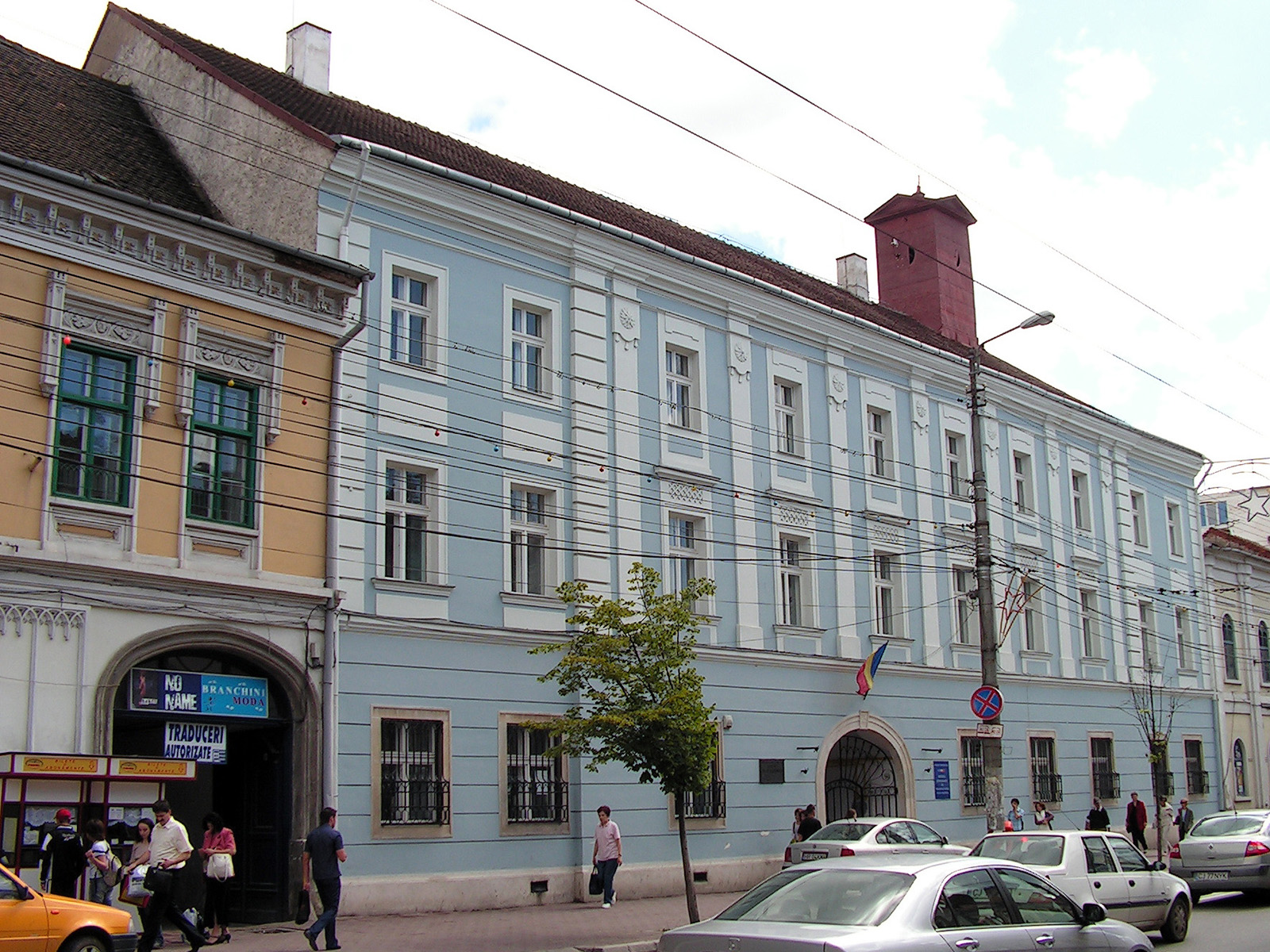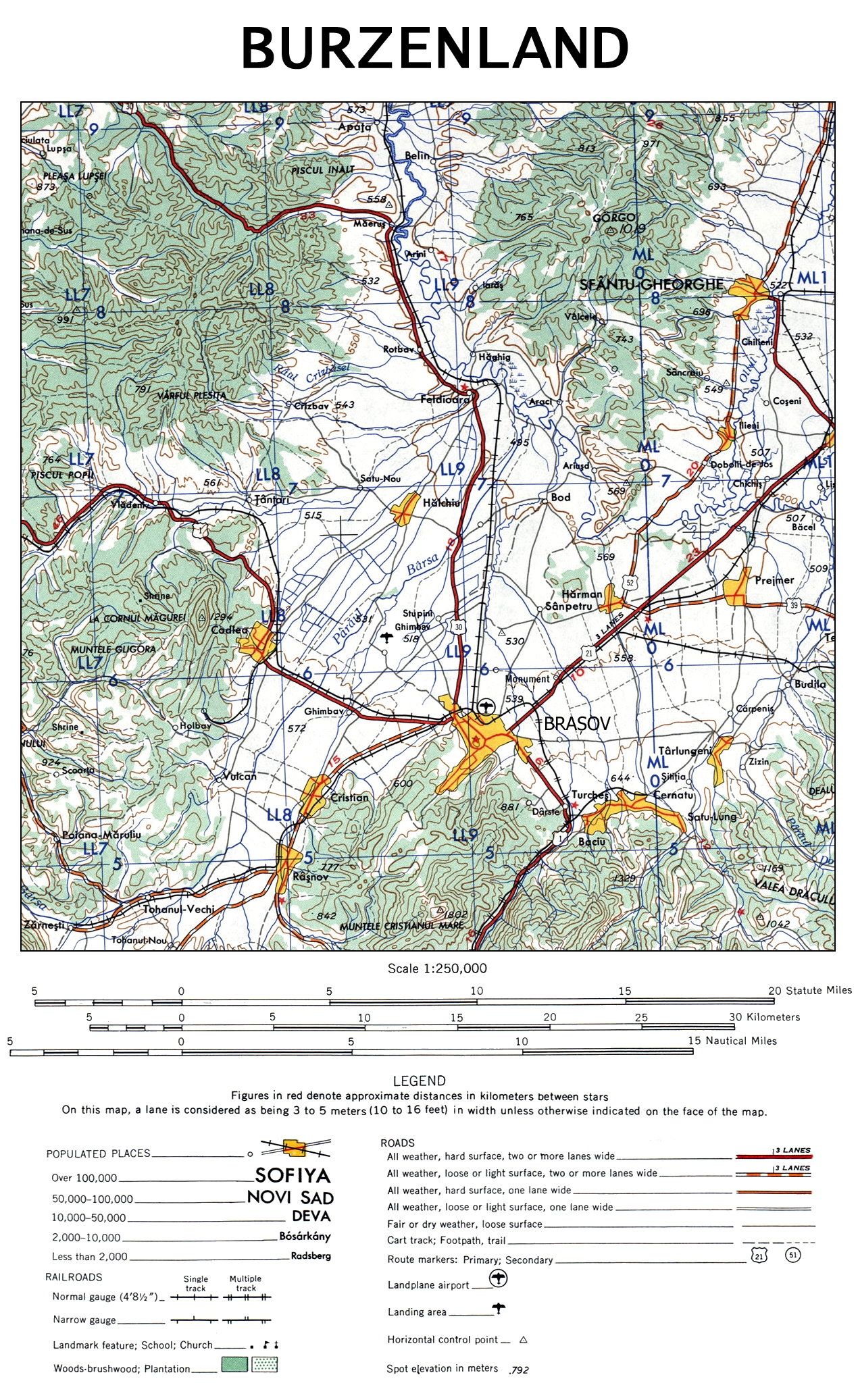|
Denis Galloway
William Albert Denis Galloway (5 March 1878 – 7 May 1957), better known as Denis Galloway, was a Scottish ethnographic artist and photographer. The elder son of Sir William Galloway (1840–1927), Mining Professor at University College of Wales in Cardiff, and Christiana Maud Mary Gordon (1853–1880). His younger brother was Christian Francis John Galloway (1880–1969). Galloway was a renowned ethnographic artist and photographer who travelled extensively in Europe, whilst living firstly in Zeeland and later in Romania, recording the customs and costumes of the local people, from about 1914 until he returned to England in 1950. Early years Galloway was born in Cardiff, where his father was a mining engineer. He was educated at home with his brother and later attained his BSc in Mining Engineering at the University of Wales. Galloway joined the Royal Monmouthshire Royal Engineers, being appointed a 2nd Lieutenant on 10 March 1897, a Lieutenant on 7 December 189 ... [...More Info...] [...Related Items...] OR: [Wikipedia] [Google] [Baidu] |
Sir William Galloway
Sir William Galloway (12 February 1840 – 2 November 1927) was a Scottish mining engineer, professor and industrialist. He spent much of his life as an Inspector of Mines, before being offered the post of Professor of Mining at the University College of Wales. His life was spent improving the lot of miners and working to determine the causes of explosions and accidents in mines and finding ways of preventing them or alleviating their impact. His efforts were recognised in 1924, when, at the age of 83, he was knighted. Early life and education William Galloway was born in Paisley, Renfrewshire, Paisley, the eldest son of William Galloway (1799–1854), JP, a Paisley shawl manufacturer and coal and iron master from Paisley, Renfrewshire, Paisley in Scotland and his second wife, Margaret Lindsay (1818–1902), daughter of Thomas Lindsay, a brewer from Glasgow. Galloway attended a private school in Scotland before going to Germany where he studied at the University of Giessen and ... [...More Info...] [...Related Items...] OR: [Wikipedia] [Google] [Baidu] |
Ethnographic Museum Of Transylvania
The Ethnographic Museum of Transylvania ( ro, Muzeul Etnografic al Transilvaniei; hu, Erdélyi néprajzi múzeum) is situated in Cluj-Napoca, Romania. With a history of almost 100 years, the ''Ethnographic Museum of Transylvania'' is one of the first and greatest of its kind in Romania. It has two exhibition sections, one of which is to be found in downtown '' Reduta Palace'' (21, Memorandumului Street), while the other exhibition section is the open-air ''Romulus Vuia Park'' situated on the city's north-west side, in ''Hoia Forest''. History ''Muzeul Etnografic al Ardealului'' was founded June 16, 1922. Collection The museum has a collection of more than 50,000 objects reflecting the occupations, the habits and the life style of the Transylvanian rural population. Part of this collection is to be found in the Reduta Palace while the rest of the objects are in the open-air section. Reduta Palace The collection here presented is a representative selection of the items a ... [...More Info...] [...Related Items...] OR: [Wikipedia] [Google] [Baidu] |
Hungarian People
Hungarians, also known as Magyars ( ; hu, magyarok ), are a nation and ethnic group native to Hungary () and historical Hungarian lands who share a common culture, history, ancestry, and language. The Hungarian language belongs to the Uralic language family. There are an estimated 15 million ethnic Hungarians and their descendants worldwide, of whom 9.6 million live in today's Hungary. About 2–3 million Hungarians live in areas that were part of the Kingdom of Hungary before the Treaty of Trianon in 1920 and are now parts of Hungary's seven neighbouring countries, Slovakia, Ukraine, Romania, Serbia, Croatia, Slovenia, and Austria. Significant groups of people with Hungarian ancestry live in various other parts of the world, most of them in the United States, Canada, Germany, France, the United Kingdom, Chile, Brazil, Australia, and Argentina. Hungarians can be divided into several subgroups according to local linguistic and cultural characteristics; subgroups with disti ... [...More Info...] [...Related Items...] OR: [Wikipedia] [Google] [Baidu] |
Romanian Language
Romanian (obsolete spellings: Rumanian or Roumanian; autonym: ''limba română'' , or ''românește'', ) is the official and main language of Romania and the Republic of Moldova. As a minority language it is spoken by stable communities in the countries surrounding Romania (Bulgaria, Hungary, Serbia, and Ukraine), and by the large Romanian diaspora. In total, it is spoken by 28–29 million people as an L1+ L2, of whom 23–24 millions are native speakers. In Europe, Romanian is rated as a medium level language, occupying the tenth position among thirty-seven official languages. Romanian is part of the Eastern Romance sub-branch of Romance languages, a linguistic group that evolved from several dialects of Vulgar Latin which separated from the Western Romance languages in the course of the period from the 5th to the 8th centuries. To distinguish it within the Eastern Romance languages, in comparative linguistics it is called ''Daco-Romanian'' as opposed to its closest r ... [...More Info...] [...Related Items...] OR: [Wikipedia] [Google] [Baidu] |
Czech Republic
The Czech Republic, or simply Czechia, is a landlocked country in Central Europe. Historically known as Bohemia, it is bordered by Austria to the south, Germany to the west, Poland to the northeast, and Slovakia to the southeast. The Czech Republic has a hilly landscape that covers an area of with a mostly temperate continental and oceanic climate. The capital and largest city is Prague; other major cities and urban areas include Brno, Ostrava, Plzeň and Liberec. The Duchy of Bohemia was founded in the late 9th century under Great Moravia. It was formally recognized as an Imperial State of the Holy Roman Empire in 1002 and became a kingdom in 1198. Following the Battle of Mohács in 1526, the whole Crown of Bohemia was gradually integrated into the Habsburg monarchy. The Protestant Bohemian Revolt led to the Thirty Years' War. After the Battle of White Mountain, the Habsburgs consolidated their rule. With the dissolution of the Holy Empire in 1806, the C ... [...More Info...] [...Related Items...] OR: [Wikipedia] [Google] [Baidu] |
Poland
Poland, officially the Republic of Poland, , is a country in Central Europe. Poland is divided into Voivodeships of Poland, sixteen voivodeships and is the fifth most populous member state of the European Union (EU), with over 38 million people, and the List of European countries by area, seventh largest EU country, covering a combined area of . It extends from the Baltic Sea in the north to the Sudetes and Carpathian Mountains in the south, bordering seven countries. The territory is characterised by a varied landscape, diverse ecosystems, and Temperate climate, temperate transitional climate. The capital and List of cities and towns in Poland, largest city is Warsaw; other major cities include Kraków, Wrocław, Łódź, Poznań, and Gdańsk. Prehistory and protohistory of Poland, Humans have been present on Polish soil since the Lower Paleolithic, with continuous settlement since the end of the Last Glacial Period over 12,000 years ago. Culturally diverse throughout ... [...More Info...] [...Related Items...] OR: [Wikipedia] [Google] [Baidu] |
Germany
Germany, officially the Federal Republic of Germany (FRG),, is a country in Central Europe. It is the most populous member state of the European Union. Germany lies between the Baltic and North Sea to the north and the Alps to the south. Its 16 constituent states have a total population of over 84 million in an area of . It borders Denmark to the north, Poland and Czechia to the east, Austria and Switzerland to the south, and France, Luxembourg, Belgium, and the Netherlands to the west. The nation's capital and most populous city is Berlin and its main financial centre is Frankfurt; the largest urban area is the Ruhr. Settlement in what is now Germany began in the Lower Paleolithic, with various tribes inhabiting it from the Neolithic onward, chiefly the Celts. Various Germanic tribes have inhabited the northern parts of modern Germany since classical antiquity. A region named Germania was documented before AD 100. In 962, the Kingdom of Germany formed the ... [...More Info...] [...Related Items...] OR: [Wikipedia] [Google] [Baidu] |
Bucovina
Bukovinagerman: Bukowina or ; hu, Bukovina; pl, Bukowina; ro, Bucovina; uk, Буковина, ; see also other languages. is a historical region, variously described as part of either Central or Eastern Europe (or both).Klaus Peter BergerThe Creeping Codification of the New Lex Mercatoria Kluwer Law International, 2010, p. 132 The region is located on the northern slopes of the central Eastern Carpathians and the adjoining plains, today divided between Romania and Ukraine. Settled initially and primarily by Romanians and subsequently by Ruthenians (Ukrainians) during the 4th century, it became part of the Kievan Rus' in the 10th century and then the Principality of Moldavia during the 14th century. The region has been sparsely populated since the Paleolithic, with several now extinct peoples inhabiting it. Consequently, the culture of the Kievan Rus' spread in the region, with the Bukovinian Church administered from Kyiv until 1302, when it passed to Halych metropoly. Then ... [...More Info...] [...Related Items...] OR: [Wikipedia] [Google] [Baidu] |
Osa, Warmian-Masurian Voivodeship
{{Mrągowo-geo-stub ...
Osa (german: Ossa; 1930-45: Schwanhof) is a village in northern Poland, in the administrative district of Gmina Mikołajki, within Mrągowo County, Warmian-Masurian Voivodeship. It lies approximately north-east of Mikołajki, east of Mrągowo, and east of the regional capital Olsztyn. References Osa Osa or OSA may refer to: Places * Osa Peninsula, a peninsula in Costa Rica * Osa (canton), a canton in the province of Puntarenas in Costa Rica * Osa Conservation Area, an administrative area in Costa Rica * Osa, India, a village in Allahabad, I ... [...More Info...] [...Related Items...] OR: [Wikipedia] [Google] [Baidu] |
Tara Barsei
Țara Bârsei, Burzenland () or Barcaság is a historic and ethnographic area in southeastern Transylvania, Romania with a mixed population of Romanians, Germans, and Hungarians. Geography The Burzenland lies within the Southern Carpathians mountains ranges, bordered approximately by Apața in the north, Bran in the southwest and Prejmer in the east. Its most important city is Brașov. Burzenland is named after the stream Bârsa (''Barca'', ''Burzen'', 1231: ''Borza''), which flows into the Olt river. The Romanian word ''bârsă'' is supposedly of Dacian origin (''see List of Romanian words of possible Dacian origin''). History Middle Ages Based on archaeological evidence, it seems German colonization of the region started in the middle of the 12th century during the reign of King Géza II of Hungary. The German colonists from this region are attested in documents as early as 1192 when ''terra Bozza'' is mentioned as being settled by Germans (''Theutonici''). In 1211 ... [...More Info...] [...Related Items...] OR: [Wikipedia] [Google] [Baidu] |
Banat
Banat (, ; hu, Bánság; sr, Банат, Banat) is a geographical and historical region that straddles Central and Eastern Europe and which is currently divided among three countries: the eastern part lies in western Romania (the counties of Timiș, Caraș-Severin, Arad south of the Mureș river, and the western part of Mehedinți); the western part of Banat is in northeastern Serbia (mostly included in Vojvodina, except for a small part included in the Belgrade Region); and a small northern part lies within southeastern Hungary ( Csongrád-Csanád County). The region's historical ethnic diversity was severely affected by the events of World War II. Today, Banat is mostly populated by ethnic Romanians, Serbs and Hungarians, but small populations of other ethnic groups also live in the region. Nearly all are citizens of either Serbia, Romania or Hungary. Name During the Middle Ages, the term " banate" designated a frontier province led by a military governor w ... [...More Info...] [...Related Items...] OR: [Wikipedia] [Google] [Baidu] |




